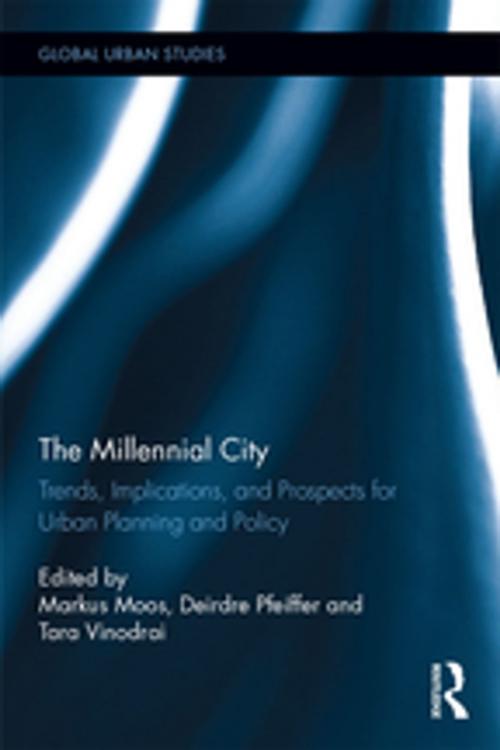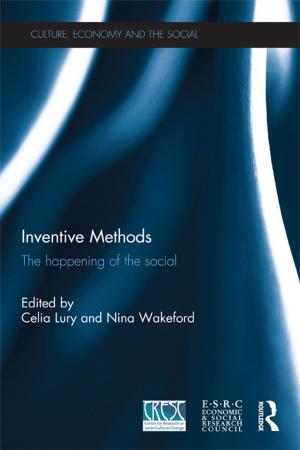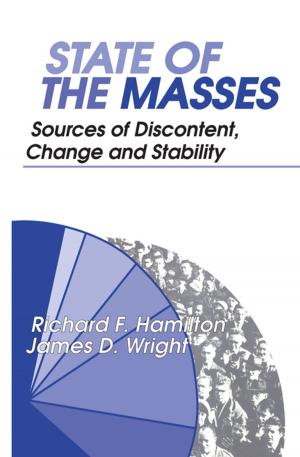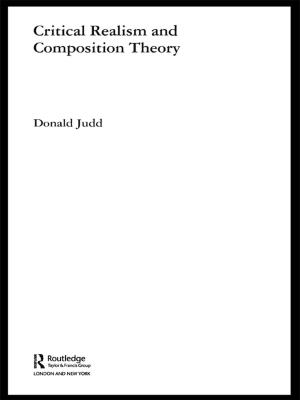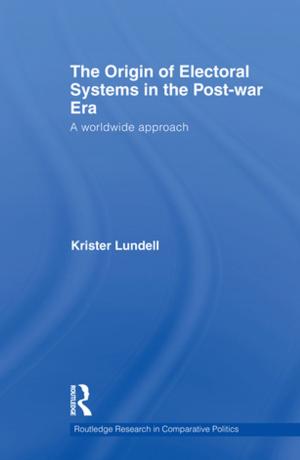The Millennial City
Trends, Implications, and Prospects for Urban Planning and Policy
Nonfiction, Science & Nature, Science, Earth Sciences, Geography| Author: | ISBN: | 9781351805377 | |
| Publisher: | Taylor and Francis | Publication: | August 4, 2017 |
| Imprint: | Routledge | Language: | English |
| Author: | |
| ISBN: | 9781351805377 |
| Publisher: | Taylor and Francis |
| Publication: | August 4, 2017 |
| Imprint: | Routledge |
| Language: | English |
Millennials have captured our imaginaries in recent years. The conventional wisdom is that this generation of young adults lives in downtown neighbourhoods near cafes, public transit and other amenities. Yet, this depiction is rarely unpacked nor problematized. Despite some commonalities, the Millennial generation is highly diverse and many face housing affordability and labour market constraints. Regardless, as the largest generation following the post-World War II baby boom, Millennials will surely leave their mark on cities.
This book assesses the impact of Millennials on cities. It asks how the Millennial generation differs from previous generations in terms of their labour market experiences, housing outcomes, transportation decisions, the opportunities available to them, and the constraints they face. It also explores the urban planning and public policy implications that arise from these generational shifts.
This book offers a generational lens that faculty, students and other readers with interest in the fields of urban studies, planning, geography, economic development, demography, or sociology will find useful in interpreting contemporary U.S. and Canadian cities. It also provides guidance to planners and policymakers on how to think about Millennials in their work and make decisions that will allow all generations to thrive.
Millennials have captured our imaginaries in recent years. The conventional wisdom is that this generation of young adults lives in downtown neighbourhoods near cafes, public transit and other amenities. Yet, this depiction is rarely unpacked nor problematized. Despite some commonalities, the Millennial generation is highly diverse and many face housing affordability and labour market constraints. Regardless, as the largest generation following the post-World War II baby boom, Millennials will surely leave their mark on cities.
This book assesses the impact of Millennials on cities. It asks how the Millennial generation differs from previous generations in terms of their labour market experiences, housing outcomes, transportation decisions, the opportunities available to them, and the constraints they face. It also explores the urban planning and public policy implications that arise from these generational shifts.
This book offers a generational lens that faculty, students and other readers with interest in the fields of urban studies, planning, geography, economic development, demography, or sociology will find useful in interpreting contemporary U.S. and Canadian cities. It also provides guidance to planners and policymakers on how to think about Millennials in their work and make decisions that will allow all generations to thrive.
